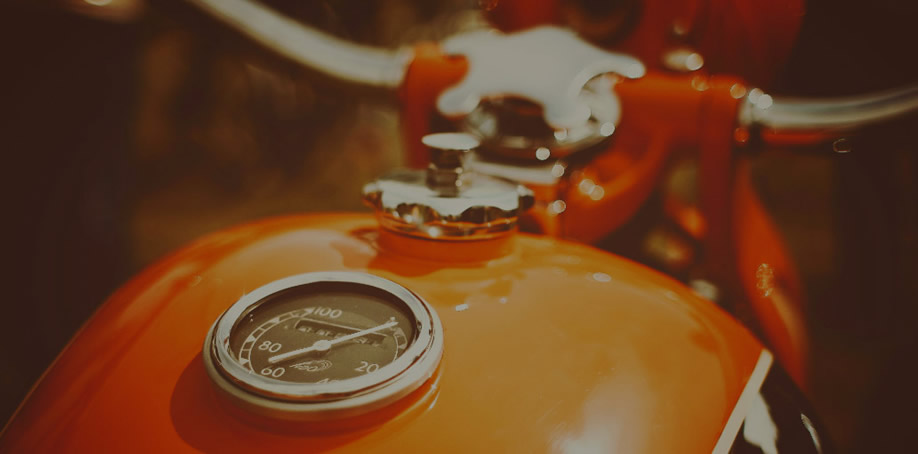Laminitis in Horses
What is Laminitis in Horses?
Laminitis is when the hoof's laminae become inflamed and separates the coffin (pedal) bone from the hoof wall. Laminitis means Lamin (laminae) and itis (inflammation). It can affect horses, ponies or donkeys and is usually a systemic inflammation of the whole body. The laminae are structures that secure the coffin bone to the hoof wall keeping the bone in place. If the blood flow to the laminae is disrupted, it becomes inflamed and weakens these supports causing Laminitis. When the support structures fail, the coffin bone can sink, move or rotate within the hoof, known as founder. While Laminitis won't kill a horse, the pain and discomfort can lead an owner to euthanise.
What causes Laminitis?
Several situations can cause Laminitis, including digestive/nutritional, hormonal and mechanical.
- Overloading of the digestive tract with quickly fermenting carbohydrates, such as sugars and fructans from lush grass or starch from cereals
- Excess weight
- Retained placenta after foaling, causing sepsis in the body
- Incorrect foot trimming or injury to the opposite leg resulting in weight-bearing
- It can also occur secondary to conditions such as colic and enteritis
- Other diseases, such as Cushing's disease (Pituitary Pars Intermedia Dysfunction (PPID) and Equine Metabolic Syndrome (EMS)
What happens in the body of a horse with Laminitis?
In the instance of an overload of carbohydrates in the gut, this causes an increase in lactic acid-producing bacteria, and they kill the normal bacteria of the gut system, which leads to damage to the gut lining. The dead bacteria cause endotoxins, which penetrate the gut wall along with the lactic acid, and then travel through the body. The endotoxins increase blood pressure, which causes the blood to bypass the lower part of the foot. As a result, the laminae doesn't get enough oxygen or amino acids, so it starts to break down. Since there is not enough blood flow to the foot, blood and serum accumulate between the hoof and the bone, causing the laminae to tear away from the hoof wall and the pedal bone to rotate downwards and press into the sole.
What are the signs and symptoms of Laminitis?
Because the main weight of a horse is carried in the front legs, it is mainly seen in the front feet, but the back feet can also be affected. Depending on the severity of the Laminitis, you may see some or all the following symptoms:
- A horse that is unwilling to walk or stand
- A horse that will take small steps and may appear stiff and painful
- They may shift their weight from foot to foot
- They may be depressed or lethargic, lean on their back feet to take the weight off the front and lie down more.
- Increased respiratory and heart rate
A horse can suffer from acute or chronic Laminitis.
How to prevent Laminitis
- Keeping your horse at a good weight relevant to their age, breed and activity level.
- Choosing a suitable feed and monitoring how your horse is doing on it.
- Slowly introduce new feeds so you don't get a carbo overload.
- Alfalfa is a great digestive aid; adding this to the feed; can help increase digestive function and health.
- Managing pasture to reduce the chances of Laminitis, sugars, and fructans are at their highest in autumn and spring.
Ways to help Laminitis Naturally.
Our Agripathics range has the remedy Lammi, which is a homeopathic blend designed to support your horse's immune response to Laminitis. Check out the review tab to see what others say about Lammi.
Lammi includes remedies that help to reduce the toxicity and inflammation in the body. For example, increasing digestion and blood flow assists in reducing inflammation.
Making it a great help with this debilitating disease.
We also offer one-on-one consulting services, where we develop a plan for your horse that is individualised to their needs and symptoms.
Recent Articles

20% Off
All Cat Remedies
Lorem Ipsum is simply dummy text of the printing and typesetting industry. Lorem Ipsum has been the industry's standard dummy text ever since the 1500s, when an unknown printer took a galley of type and scrambled it to make a type specimen book. Lorem ipsum dolor sit amet, consectetur adipiscing elit. Vivamus leo ante, consectetur sit amet vulputate vel, dapibus sit amet lectus.



 Earn loyalty points everytime you shop
Earn loyalty points everytime you shop
